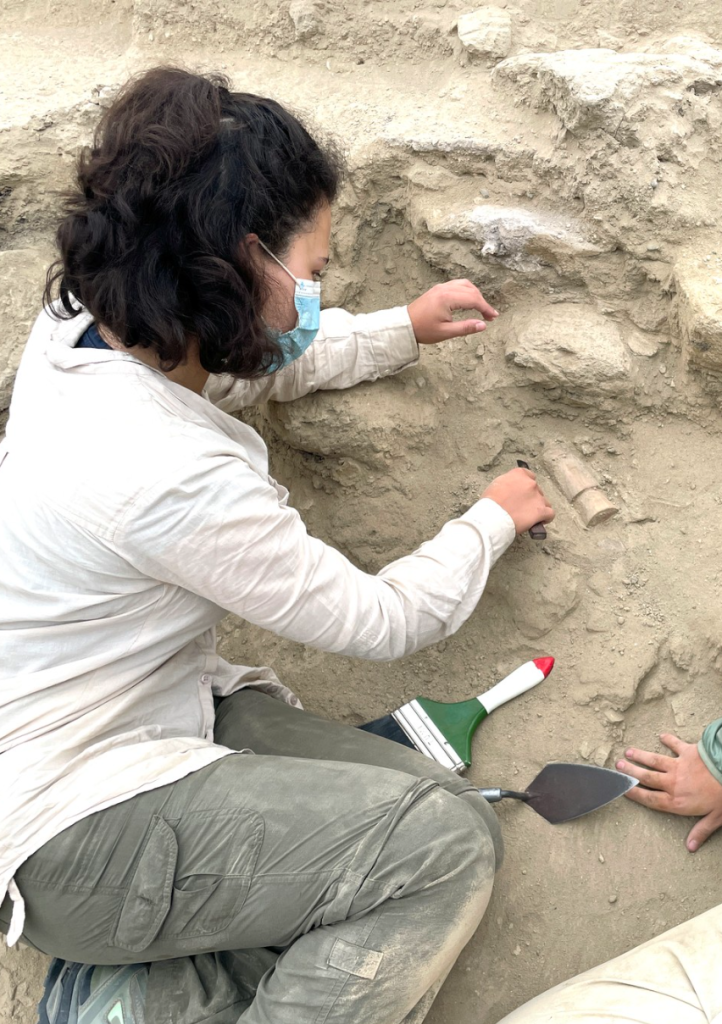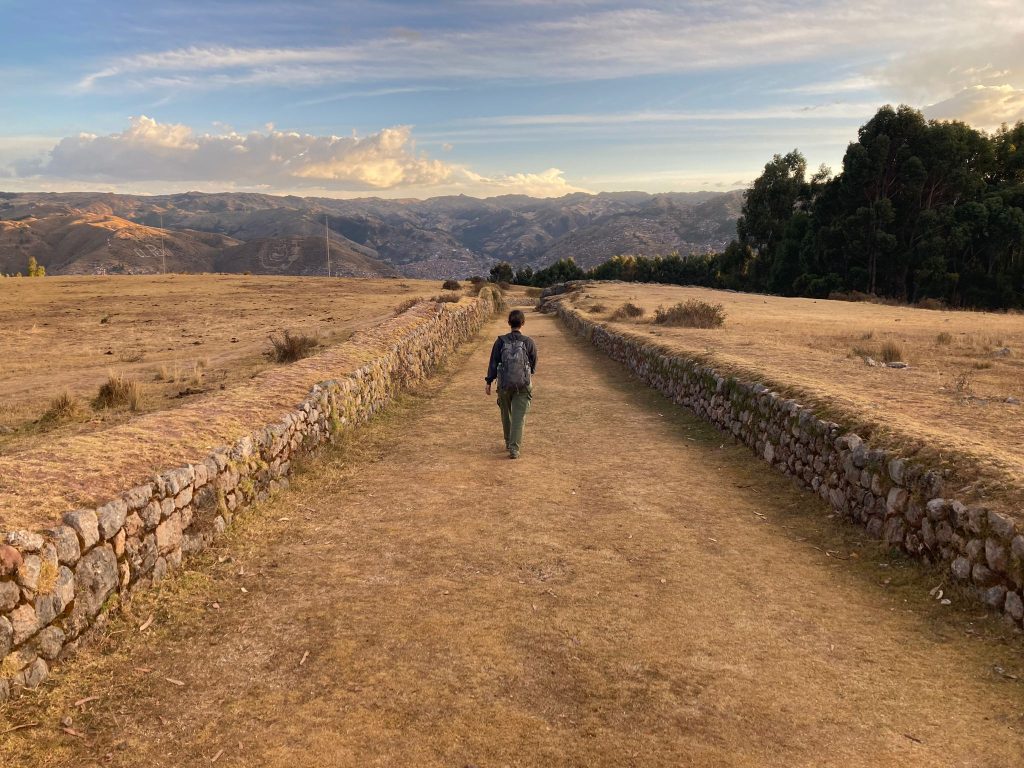
I am an interdisciplinary archaeologist with experience working in the field, studying legacy collections in museums and storage facilities, and reading and transcribing documentary sources in archives.
I study the making and experiencing of sacredness at the heart of the Inca Empire from imperial times through the early colonial period when the Andes became enmeshed in the transatlantic world. Bringing together architectural, artistic, and documentary evidence housed in disparate repositories, in my doctoral dissertation, I investigate the biographies of Inca sites of religious significance, tracing changes to their architecture and the activities that were developed therein. Ultimately, this project allows me to grapple with the critical study of ephemeral arts, transitory experiences, and the senses as a means to understand Inca religiosity.
Below you can find some of the topics and research questions I explore in my work:
(Image to the left by PRIA “Paisajes Arqueológicos de Pañamarca” Instagram, 2022)
Landscape: how do humans, past and present, engage with the natural and built environment that surround them; what meanings do people assign to the landscape and the features embedded in it; how is history created and archived in the landscape.
Religion: how is religion made, experienced, and expressed; the interrelationship between bodies, material culture, and place in the realm of religion; the identity and roles of religious leaders; how is religion embodied through the performance of activating rituals.
Performance: what gets communicated through performances; the study of performance through proxies; how to trace the movement of bodies across space in the past; walking as a form of perception.
Senses: how are the senses manipulated to craft unique experiences; how to study nonvisual sensory experiences from a material-centered approach; how to reconstruct architectural acoustics in the past.
Ways of knowing: insights into ways of knowing that differ from contemporary predominant narratives on what constitutes life and death, human and other-than-human relations, and understandings of history.
Colonialism and cross-cultural exchange: Indigenous responses to colonization; transatlantic adaptations to colonialism.
